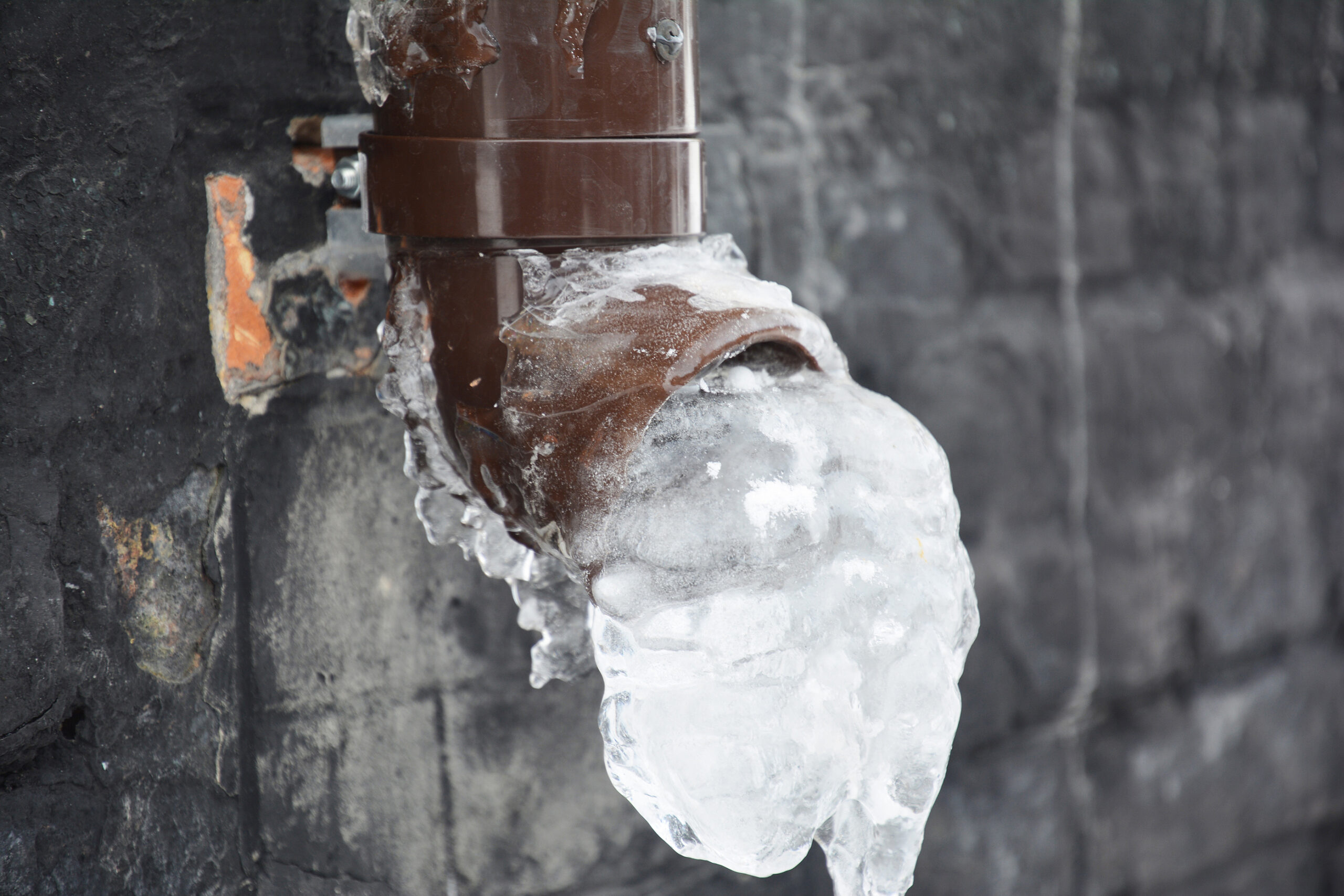What're your opinions on Preventing and dealing with frozen pipes?

Winter can ruin your pipes, especially by freezing pipes. Below's exactly how to prevent it from happening and what to do if it does.
Intro
As temperatures drop, the danger of icy pipelines boosts, potentially bring about expensive repairs and water damages. Recognizing just how to avoid frozen pipes is crucial for property owners in cold environments.
Prevention Tips
Protecting prone pipelines
Cover pipes in insulation sleeves or utilize warm tape to shield them from freezing temperature levels. Focus on pipes in unheated or exterior locations of the home.
Home heating techniques
Maintain indoor areas appropriately heated up, especially locations with pipes. Open up cabinet doors to permit cozy air to flow around pipelines under sinks.
Exactly how to determine frozen pipelines
Search for reduced water flow from taps, unusual smells or sounds from pipes, and visible frost on revealed pipes.
Long-Term Solutions
Architectural adjustments
Consider rerouting pipelines away from outside walls or unheated areas. Include added insulation to attic rooms, basements, and crawl spaces.
Upgrading insulation
Buy high-grade insulation for pipes, attic rooms, and wall surfaces. Appropriate insulation assists keep constant temperatures and decreases the threat of icy pipes.
Shielding Exterior Plumbing
Yard hose pipes and outside faucets
Disconnect and drain yard pipes before winter season. Mount frost-proof spigots or cover outdoor taps with insulated caps.
Understanding Icy Pipelines
What triggers pipes to ice up?
Pipelines ice up when revealed to temperature levels listed below 32 ° F (0 ° C) for prolonged periods. As water inside the pipelines freezes, it increases, taxing the pipeline walls and potentially creating them to break.
Dangers and damages
Icy pipelines can result in water interruptions, property damage, and expensive repairs. Ruptured pipelines can flooding homes and create extensive architectural damages.
Signs of Frozen Pipes
Recognizing frozen pipes early can stop them from rupturing.
What to Do If Your Pipelines Freeze
Immediate activities to take
If you believe icy pipelines, keep faucets available to relieve stress as the ice melts. Use a hairdryer or towels taken in warm water to thaw pipes slowly.
Conclusion
Protecting against frozen pipelines calls for aggressive steps and quick reactions. By comprehending the reasons, indications, and preventive measures, home owners can secure their plumbing throughout winter.
5 Ways to Prevent Frozen Pipes
Drain Outdoor Faucets and Disconnect Hoses
First, close the shut-off valve that controls the flow of water in the pipe to your outdoor faucet. Then, head outside to disconnect and drain your hose and open the outdoor faucet to allow the water to completely drain out of the line. Turn off the faucet when done. Finally, head back to the shut-off valve and drain the remaining water inside the pipe into a bucket or container. Additionally, if you have a home irrigation system, you should consider hiring an expert to clear the system of water each year.
Insulate Pipes
One of the best and most cost-effective methods for preventing frozen water pipes is to wrap your pipes with insulation. This is especially important for areas in your home that aren’t exposed to heat, such as an attic. We suggest using foam sleeves, which can typically be found at your local hardware store.
Keep Heat Running at 65
Your pipes are located inside your walls, and the temperature there is much colder than the rest of the house. To prevent your pipes from freezing, The Insurance Information Institute suggests that you keep your home heated to at least 65 degrees, even when traveling. You may want to invest in smart devices that can keep an eye on the temperature in your home while you’re away.
Leave Water Dripping
Moving water — even a small trickle — can prevent ice from forming inside your pipes. When freezing temps are imminent, start a drip of water from all faucets that serve exposed pipes. Leaving a few faucets running will also help relieve pressure inside the pipes and help prevent a rupture if the water inside freezes.
Open Cupboard Doors
Warm your kitchen and bathroom pipes by opening cupboards and vanities. You should also leave your interior doors ajar to help warm air circulate evenly throughout your home.

I found that article on Helpful Tips to Prevent Frozen Pipes this Winter while doing research the internet. Do you know about anybody else who is interested in the topic? Do not hesitate to promote it. We value reading our article about Preventing and dealing with frozen pipes.
Click For More Info